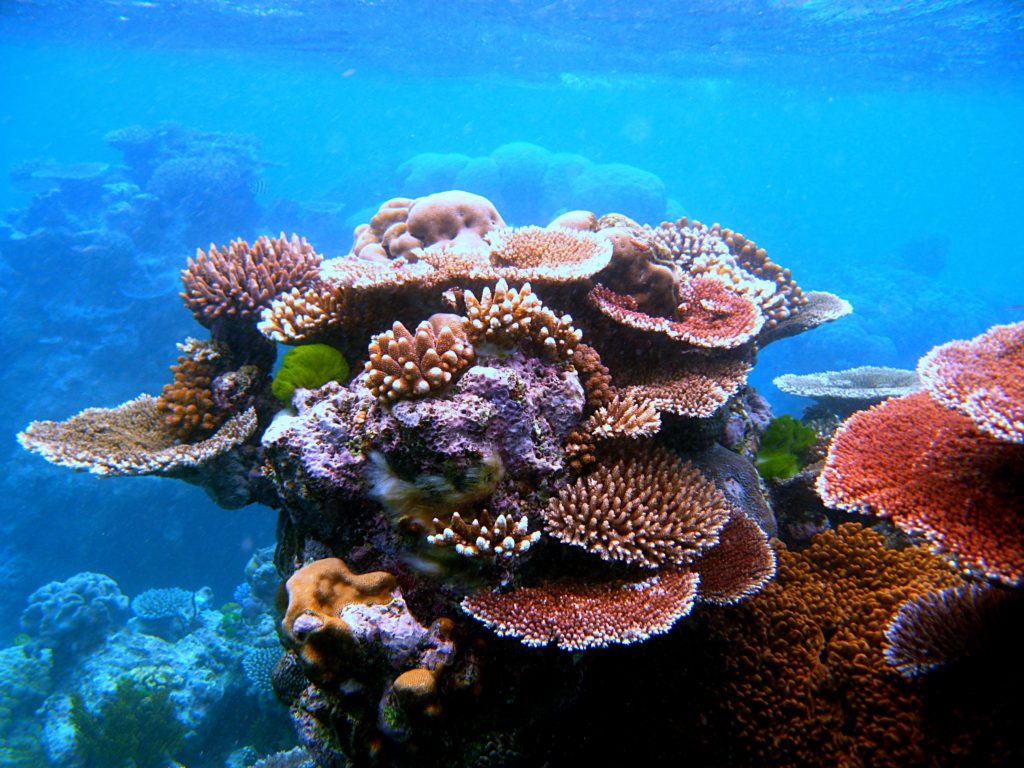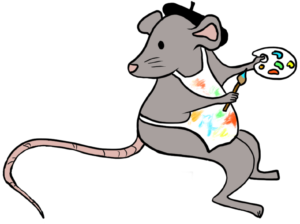Part 3: The Medium
3.7 Film
Learning Objectives
- To discuss the benefits and drawbacks of film as a medium for science and risk communication.
- To describe features of films that have been used effectively for science and risk communication.

People are naturally attracted to film, making it a powerful tool for communication. However, it is important to understand the benefits and drawbacks of this medium. Film is very good at catching people’s interest and motivating them. It’s likely not hard for you to think of a movie, video or even a commercial that moved you in some way. However, film is not the best for education. For people to really learn something , the information needs to be repeated over and over again; unfortunately, repetition would make for a boring film. Additionally, watching a film is a passive process and if you want your audience to learn complex concepts, you may need engage them in a more active way. The take home message is that film is really more about style than substance and should be used judiciously.

Tips for the effective use of film as a communication medium
It is beyond the scope of this textbook or course to provide you with all the details on how to produce a good film. After all, people spend a whole degree, or even an entire career, learning this. For this reason, it is probably prudent to enlist the help of someone with some sort of expertise or training in this medium to help you. Our science film guru is Randy Olson and he provides some excellent tips on the basic principles of good science film-making.
Show, don’t tell
Film is a primarily visual medium, meaning that the images are the most important part, with the sound playing a supporting role. The hallmark of a good film is that you should be able to turn off the sound and understand the message just by watching the images. This is why long periods of footage featuring someone talking at the camera makes for a bad film.
There needs to be a narrative
From a 3-second commercial to a 3-hour drama, films need to have a compelling story. A film without a clear narrative is guaranteed to bore your audience. I bet you can recall being subjected to a number of story-less ‘educational’ videos in your academic career.
Summary
5 Steps of film narrative
Exposition (description of starting state) → Inciting incident (usually raises a question and creates suspense) → Exploration (audience does not know which way the story will go) → Climax (the truth is revealed) → Resolution (tension is released and the audience is left with some transcendent wisdom)
Incorporate tension
This is part of developing a good narrative but it bears repeating. You can’t have a resolution (i.e., message delivery) without some sort of climax where the truth is revealed, and you can’t have that climax without first creating some form of tension, whether it is suspense or conflict.
Example
Barnacles Tell No Lies
How do you get people interested in barnacles? Juxtapose barnacle facts with humour and sex appeal. Seriously! Watch Barnacles tell no lies.

Juxtaposition can help to catch people’s attention
This is when you bring together two unrelated themes or concepts to create something unique and memorable. Science films are often very serious and literal, but if you can contrast the dry science with something funny, silly, or even sexy, then you have the key to creating a really captivating film.
Bring in details
Details and specifics make things memorable. If you think of your favorite movie, what you will probably remember are the details rather than generalities. It may seem counter-intuitive, but it is those details that actually drive the message.
Don’t forget to fulfill
Film is great for achieving the ‘arouse’ component of ‘arouse and fulfill’, but don’t leave it there or you will be missing out on the real opportunity to deliver your message. You can both motivate and educate within a film or by making film one component of a larger communication strategy. For example, you could use film to generate audience interest before directing them to other resources (i.e., websites, in person talks or meetings, etc.) where they can receive additional information.
Takeaways
Key Takeaways
- Film is more about style than substance. While films can be engaging and memorable, the medium is not suitable for deep engagement and education about complex topics.
- A good film will make use of captivating visuals and memorable details to tell a compelling narrative.
Media Attributions
- Coral outcrop on Flynn Reef © Toby Hudson is licensed under a CC BY-SA (Attribution ShareAlike) license

